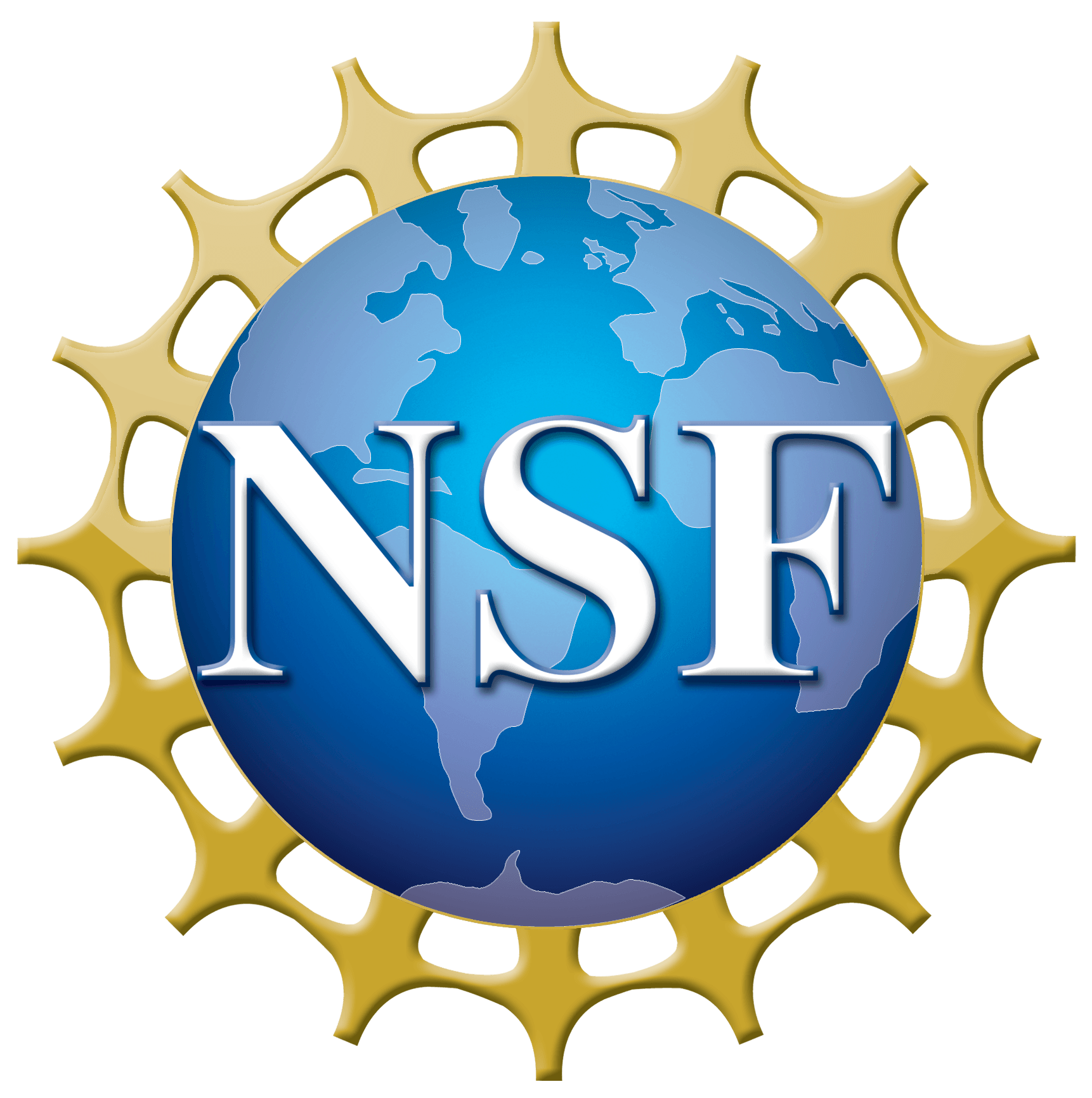Question: We cannot see the Oort cloud with any of our technology (i.e. Hubbel or anything else) but we…
Select :
AsteroidsBlack HolesCareers in AstronomyCelestial EventsCometsConstellationsCosmic DistancesCosmic Microwave BackgroundCosmologyExoplanetsGalaxiesGravity WavesHoaxesMoonPhysicsPlanetsRadio AstronomyScientific MethodSETISolar SystemSpace ProbesStarsSunTelescopesUnexplained Celestial Observations
List of Known TNOs and Centaurs
Question: Am looking for the co ordinate for the TNO 2014 FE 72. Would like to put it in…
Can Amateur Astronomers Participate in Asteroid Research?
Question: I neither have a large aperture or fast imaging telescope, neither a large or very sensitive CCD camera….
What is the Position in the Sky of the Purported Super Earth Detected in the Outer Solar System?
Question: Sir What is the name and sky position (RA and DEC values ) of the recently discovered ”…
What Causes the Light and Dark Areas on Radar Images of Asteroid 2015 TB145?
Question: Just saw the stunning images of asteroid 2015 TB145. These are images obtained by illuminating the asteroid with…
Questions About Cosmology and Catching Near Earth Objects
Question #1: Hello there! Sorry for the previous thing I had sent, it was merely a comment. I am…





